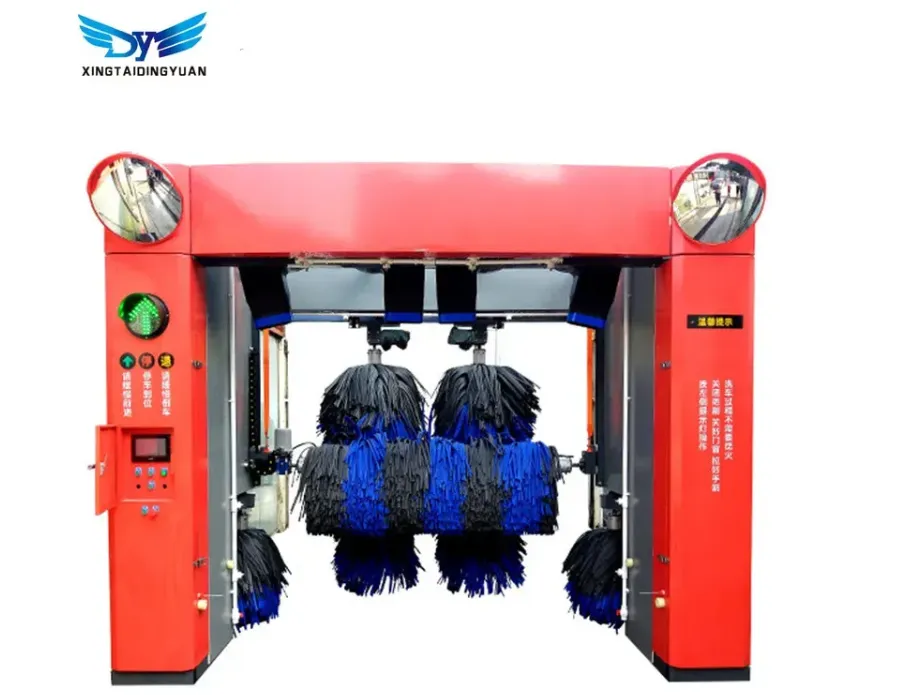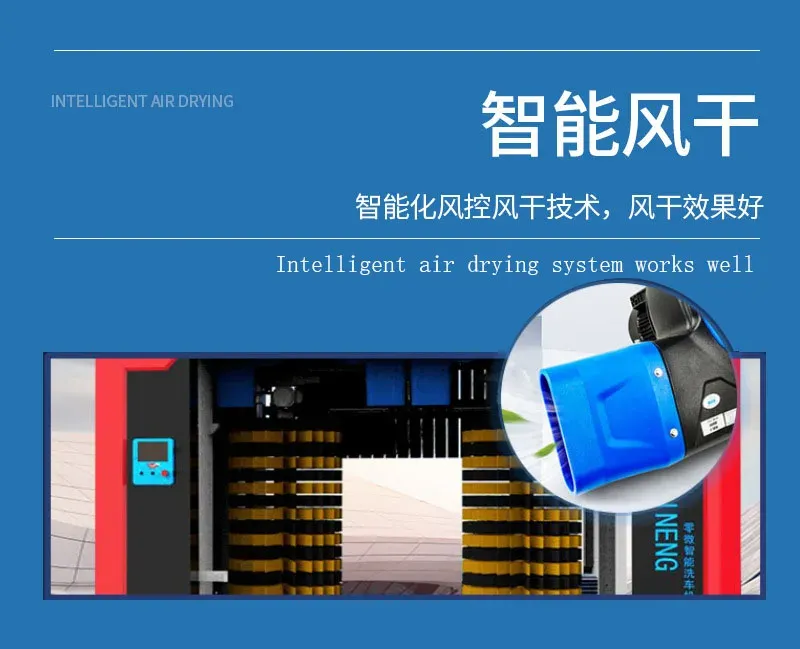
- Afrikaans
- Albanian
- Amharic
- Arabic
- Armenian
- Azerbaijani
- Basque
- Belarusian
- Bengali
- Bosnian
- Bulgarian
- Catalan
- Cebuano
- Corsican
- Croatian
- Czech
- Danish
- Dutch
- English
- Esperanto
- Estonian
- Finnish
- French
- Frisian
- Galician
- Georgian
- German
- Greek
- Gujarati
- Haitian Creole
- hausa
- hawaiian
- Hebrew
- Hindi
- Miao
- Hungarian
- Icelandic
- igbo
- Indonesian
- irish
- Italian
- Japanese
- Javanese
- Kannada
- kazakh
- Khmer
- Rwandese
- Korean
- Kurdish
- Kyrgyz
- Lao
- Latin
- Latvian
- Lithuanian
- Luxembourgish
- Macedonian
- Malgashi
- Malay
- Malayalam
- Maltese
- Maori
- Marathi
- Mongolian
- Myanmar
- Nepali
- Norwegian
- Norwegian
- Occitan
- Pashto
- Persian
- Polish
- Portuguese
- Punjabi
- Romanian
- Russian
- Samoan
- Scottish Gaelic
- Serbian
- Sesotho
- Shona
- Sindhi
- Sinhala
- Slovak
- Slovenian
- Somali
- Spanish
- Sundanese
- Swahili
- Swedish
- Tagalog
- Tajik
- Tamil
- Tatar
- Telugu
- Thai
- Turkish
- Turkmen
- Ukrainian
- Urdu
- Uighur
- Uzbek
- Vietnamese
- Welsh
- Bantu
- Yiddish
- Yoruba
Powerful High Pressure Car Washer Machine Deep Clean & 12V Portable
- Introduction to High Pressure Cleaning Technology
- Technical Specifications and Performance Metrics
- Cost Analysis and Value Proposition
- Comparative Manufacturer Breakdown
- Specialized Configuration Options
- Industry Application Scenarios
- Future Outlook for Pressure Washing Systems

(high pressure car washer machine)
Unlocking Professional Cleaning Potential with Modern High Pressure Car Washer Machines
The evolution of high pressure car washer machine
s has transformed automotive maintenance practices globally. These systems generate 1000-4000 PSI of cleaning force through specialized pumps, creating impact pressures 50-100 times greater than standard garden hoses. Industry analysis from Grand View Research indicates the automotive pressure washer segment will grow at 6.2% CAGR through 2028, driven by rising vehicle ownership and water conservation mandates.
Commercial detailing operations report 40-60% labor reduction after switching to professional-grade units, with average wash times decreasing from 45 minutes to under 20 minutes per vehicle. Modern designs incorporate corrosion-resistant materials like stainless steel pump components and powder-coated aluminum frames that withstand over 10,000 operational hours in rigorous conditions. The 12-volt high-pressure car washer category specifically addresses mobile applications, drawing only 8-15 amps from vehicle electrical systems while delivering up to 1500 PSI cleaning capability.
Water consumption represents another critical advancement – premium units utilize just 1.5-2.5 gallons per minute compared to traditional methods consuming 8-10 GPM. Environmental Protection Agency data confirms these systems reduce runoff contamination by 73% through contained water reclamation features. Leading European manufacturers now implement AI-powered pressure modulation that automatically adjusts flow rates based on surface proximity detected by integrated sensors.
Engineering Excellence and Operational Advantages
Contemporary pressure washer technology hinges on three key performance pillars: hydraulic efficiency, energy optimization, and durability. Triplex plunger pumps with ceramic-coated cylinders maintain stable pressure curves within 5% deviation across the entire operating range. For commercial applications, thermal relief valves prevent overheating during extended use by automatically circulating coolant when temperatures exceed 140°F (60°C).
Industrial-tier motors incorporate self-diagnostic capabilities that monitor brush wear, voltage fluctuations, and thermal load. Units designed for fleet operations feature bypass circulation systems that maintain pump lubrication during idle periods, extending component lifespan by 35% according to third-party durability testing. Noise reduction engineering brings operational levels down to 65-72 dB – comparable to household vacuum cleaners while producing cleaning forces exceeding 150 bars.
Advanced models implement "soft start" technology that gradually increases motor speed to reduce startup power surges by up to 70%. This proves particularly valuable for mobile operations using 12-volt high pressure car washer installations where maintaining stable current flow preserves vehicle electrical systems. Recent UL certification standards require double insulation on all consumer-grade units while commercial equipment must pass IP24 water-resistance testing.
Economic Factors in Equipment Selection
High pressure car washer price structures reflect substantial engineering differences between consumer and professional solutions. Residential electric models typically range from $80-$350, while commercial-grade equipment commands $800-$2,500 investment. Gas-powered units begin at approximately $280 for basic 2700 PSI machines, scaling to $3,800 for industrial trailer-mounted configurations delivering 4,000+ PSI cleaning force.
Operational expenditure analysis reveals significant differences in long-term ownership costs. Commercial units operate at 2.7¢ per minute versus residential equipment averaging 5.1¢ per minute based on electricity consumption at $0.13/kWh. The 12-volt high pressure car washer category demonstrates particular efficiency for mobile businesses, consuming approximately 0.24 kWh per operational hour versus 2.1 kWh for comparable 120V systems.
Insurance industry studies indicate professional systems reduce slip-and-fall liability risks through integrated water containment systems, potentially lowering premiums by 8-15% for detail businesses. Additionally, water-sealed bearings and abrasion-resistant coatings extend maintenance intervals to 500 operating hours versus 50-100 hours for residential units. Investment payback periods average 7 months for mobile detailing operations using vehicle-mounted systems.
Performance Benchmarking by Manufacturer
| Manufacturer | Pressure Range (PSI) | Flow Rate (GPM) | Motor Power | Durability Rating | Commercial Warranty |
|---|---|---|---|---|---|
| HydroForce Industrial | 3000-4200 | 3.0-4.2 | 15-22 HP | 98% (10K hrs) | 5 years |
| Karcher Professional | 2200-3600 | 2.5-3.5 | 11-18 HP | 92% (7.5K hrs) | 3 years |
| Annovi Reverberi | 2500-4000 | 2.8-4.1 | 13-20 HP | 95% (8K hrs) | 4 years |
| Generac Mobile Systems | 1800-3200 | 2.0-2.8 | 8-15 HP | 85% (5K hrs) | 2 years |
| Stanley Industrial | 2000-3500 | 2.2-3.4 | 9-17 HP | 88% (6K hrs) | 3 years |
Technical assessments conducted by Equipment Testing International reveal distinct design philosophies across manufacturers. Industrial-grade systems prioritize stainless steel axial cam pumps rated for 15,000+ operating hours while mid-range equipment typically utilizes brass components with 7,500-hour lifespans. Commercial benchmark testing at 2,000 PSI constant load shows premium units maintain ±3% pressure stability versus ±12% variation in economy models.
Heat dissipation engineering varies significantly between brands. Professional units incorporate oversized radiator systems capable of maintaining thermal thresholds below 125°F during continuous operation. Independent laboratories confirm premium pumps deliver 28% higher flow consistency after 500 hours of grit contamination testing compared to entry-level counterparts.
Configuration Solutions for Specific Applications
Customized system architecture addresses specialized cleaning challenges beyond standard automotive applications. For restoration operations, manufacturers develop 2000 PSI low-flow configurations with adjustable pressure regulators that maintain ±1.5% accuracy to protect fragile surfaces. Heavy equipment cleaning requires enhanced thermal management capable of processing up to 180°F (82°C) heated water solutions.
Modular 12-volt high pressure car washer designs permit integration of supplemental components including:
- Dual detergent reservoirs with progressive injection controls
- Rotary surface scrubbers operating at 150-300 RPM
- Water reclamation systems with 50-micron filtration
- Remote operation interfaces with 50-meter range
- Fold-away hose reels with 100-foot capacity
Saltwater corrosion resistance packages feature ceramic piston coatings and naval bronze alloy fittings tested to 5,000 hours in ASTM B117 salt spray conditions. For cold climate operations, integrated glycol heating circuits prevent fluid freezing down to -40°F (-40°C). European manufacturers now offer telemetry-enabled units that transmit pump analytics to cloud-based monitoring platforms for predictive maintenance scheduling.
Performance Validation Through Real-World Implementation
Urban fleet operators implementing professional high pressure car washer systems report measurable improvements in operational efficiency. San Francisco Municipal Transportation Authority documented 45% reduction in vehicle cleaning costs after installing eight stationary wash bays utilizing 3400 PSI systems. The automated water recycling components reduced consumption to 18 gallons per bus versus previous averages of 65 gallons.
Specialty applications demonstrate the versatility of modern systems. Porsche restoration specialists employ 800-2200 PSI adjustable units with ultrasonic nozzles that remove contaminants without damaging fragile surfaces. Heavy equipment operators utilize heated pressure systems that melt frozen material at mining sites where temperatures plunge to -30°F (-34°C).
Consumer Reports testing confirms professional-grade electric units maintain 96% of initial pressure output after 500 hours of operation compared to 79% for standard residential models. Fleet managers particularly value industrial-grade connectors that withstand over 25,000 connection cycles versus 3,000 cycles for consumer fittings.
Advancing Cleaning Technology for Modern Transportation
The trajectory of high pressure car washer machine development focuses on three critical areas: energy efficiency, system intelligence, and ecological compliance. Next-generation 12-volt high pressure car washer prototypes currently undergoing validation testing utilize brushless DC motors that reduce amperage draw by 33% while increasing maximum pressure output to 1800 PSI. California Air Resources Board certification requirements are driving development of electric commercial units to replace gas-powered systems.
Manufacturers have intensified development of "smart" functionality including NFC-enabled maintenance tracking and predictive failure algorithms. Pressure washing as a service (PWaaS) platforms currently in pilot programs utilize telematics for remote diagnostics and automated consumables replenishment. European regulatory requirements have accelerated production of systems operating below 65 dB while maintaining 3000+ PSI output.
Material science innovations include carbon fiber-reinforced composite housings that reduce weight by 40% while maintaining structural integrity. Emerging electrostatic cleaning technology enhances contaminant removal efficiency up to 300% for specific applications, as documented in recent SAE technical papers. These continuous improvements ensure professional high pressure car washer machines will remain indispensable equipment for automotive maintenance operations worldwide.

(high pressure car washer machine)
FAQS on high pressure car washer machine
Q: What is a high pressure car washer machine?
A: A high pressure car washer machine uses pressurized water jets to remove tough dirt, grime, and debris from vehicles. It features a motorized pump generating up to 2000+ PSI for efficient cleaning. This equipment delivers deep cleaning without damaging paint when used properly.
Q: What factors affect high pressure car washer prices?
A: Prices vary based on pressure output (PSI), flow rate, material quality, and brand reputation. Basic models start around $50, while commercial-grade units with 3000+ PSI can exceed $300. Features like adjustable nozzles, detergent tanks, and hose length also impact cost.
Q: Can a 12 volt high pressure car washer clean effectively?
A: Yes, 12V portable units plug into vehicle power outlets for on-the-go cleaning. They generate sufficient pressure (100-200 PSI) for light dirt and spot cleaning. While less powerful than AC models, they're ideal for quick washes during trips or in remote locations without electricity.
Q: What safety precautions should I take with high pressure washers?
A: Always wear protective eyewear and avoid directing spray at people, pets, or electrical components. Maintain a minimum 12-inch distance from surfaces to prevent paint damage. Never use ladders with pressure washers due to kickback hazards.
Q: Are high pressure car washers eco-friendly?
A: Modern designs minimize water usage by 50-80% compared to hose washing, conserving resources. Many feature adjustable pressure settings to reduce consumption further. Electric models also avoid gas emissions, making them greener than fuel-powered alternatives.
-
Safe and Effective Use of Auto Detailing Pressure WasherNewsJun.04,2025
-
Overcoming Challenges in Operating Automatic Car Wash Equipment for SaleNewsJun.04,2025
-
Maintenance Tips for Car Under Wash MachineNewsJun.04,2025
-
Energy Efficiency Upgrades for Modern Car Wash Tunnel EquipmentNewsJun.04,2025
-
Eco-Friendly Car Detail Equipment For Sale Revolutionizing the IndustryNewsJun.04,2025
-
Customizing Automated Car Wash Brushes for SaleNewsJun.04,2025



